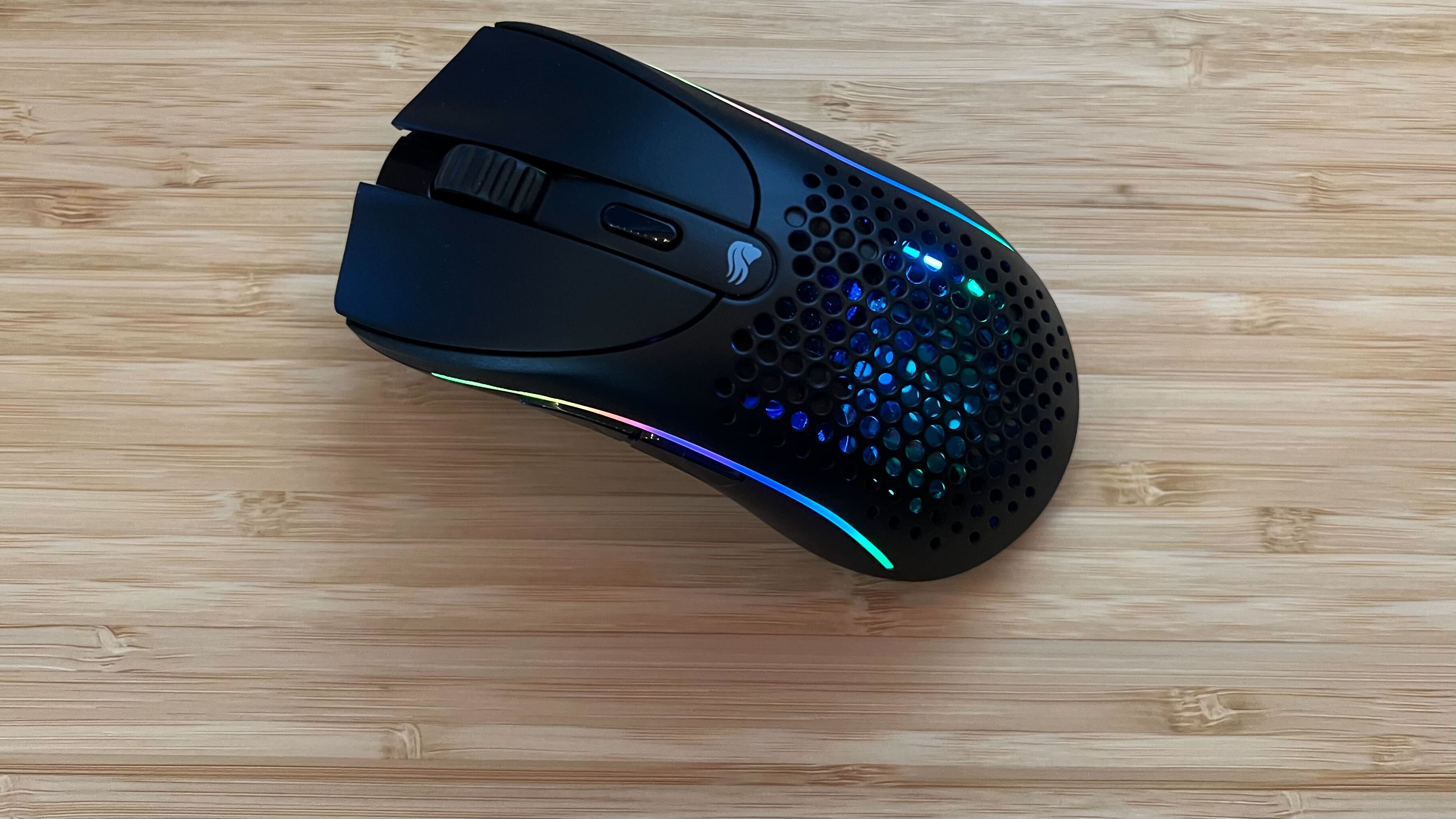GamesRadar+ Verdict
The Glorious Model D 2 represents fantastic value wrapped up in an impressively comfortable form factor. This is an all-rounder gaming mouse for those with larger hands on the hunt for versatility, dependability, and power.
Pros
- +
Extremely comfortable shape
- +
Impressive low weight for the price
- +
Excellent connectivity
- +
Strong battery life
Cons
- -
Doesn’t feel as premium as others in the hand
- -
Slightly heavy clicks
- -
Shape heavily geared towards larger hands
Why you can trust GamesRadar+
The Glorious Model D 2 has to work hard. It’s undercutting a lot of its market with that $99.99 price tag (no word yet on a UK release), but still packing some significant specs under the hood. Still, this is a competitive arena and there are plenty of cheaper pointers out there and a few slightly more expensive but ultimately more valuable ones as well.
By itself, the Model D 2 is a fantastic refresh for the series, bringing the classic honeycomb design back for a lightweight experience paired with an incredibly comfortable shape and snappy sensor. I’ve been running Glorious’s latest rodent for four weeks, to see just where it lands among the best gaming mouse models on the market.
| Price | $99.99 |
| Connection | 2.4GHz / Bluetooth / Wired |
| Shape | Right-handed |
| Programmable buttons | 6 |
| DPI | 26K |
| IPS | 650 |
| Switches | Glorious 80M Mechanical |
| Weight | 66g |
Design
While chunkier gaming mice were heading out of fashion a couple of years ago, things seem to have turned around. Super skinny FPS-first mice seemed to dominate in 2022 and 2023, but this year I’ve seen a number of larger devices re-entering the market. The Glorious Model D 2 joins the Razer Viper V3 range in this move towards wider bases, higher domes, and longer bodies, and does so particularly well.
The form factor is best suited to those with larger hands, but I still managed to get by comfortably with my smaller ones. Thankfully, it’s not quite as wide as the Roccat Kone Air which makes for a more nimble experience overall, and one with infinitely better weight distribution and build quality. Instead, this is a nicely tilted, ergonomically-minded shape that saw me through hours of work and gameplay without once becoming uncomfortable.
I’m not a fan of honeycomb designs, but the Model D 2 might be the best implementation of this weight-dropping feature I’ve seen yet. The notches are much smaller than that of the SteelSeries Aerox 5 but still provide a nice sense of grip without irritating the palms too much (a personal gripe of mine). In fact, in full claw grip mode I barely noticed the cutouts to the rear - just the RGB window and weight reduction they offered.
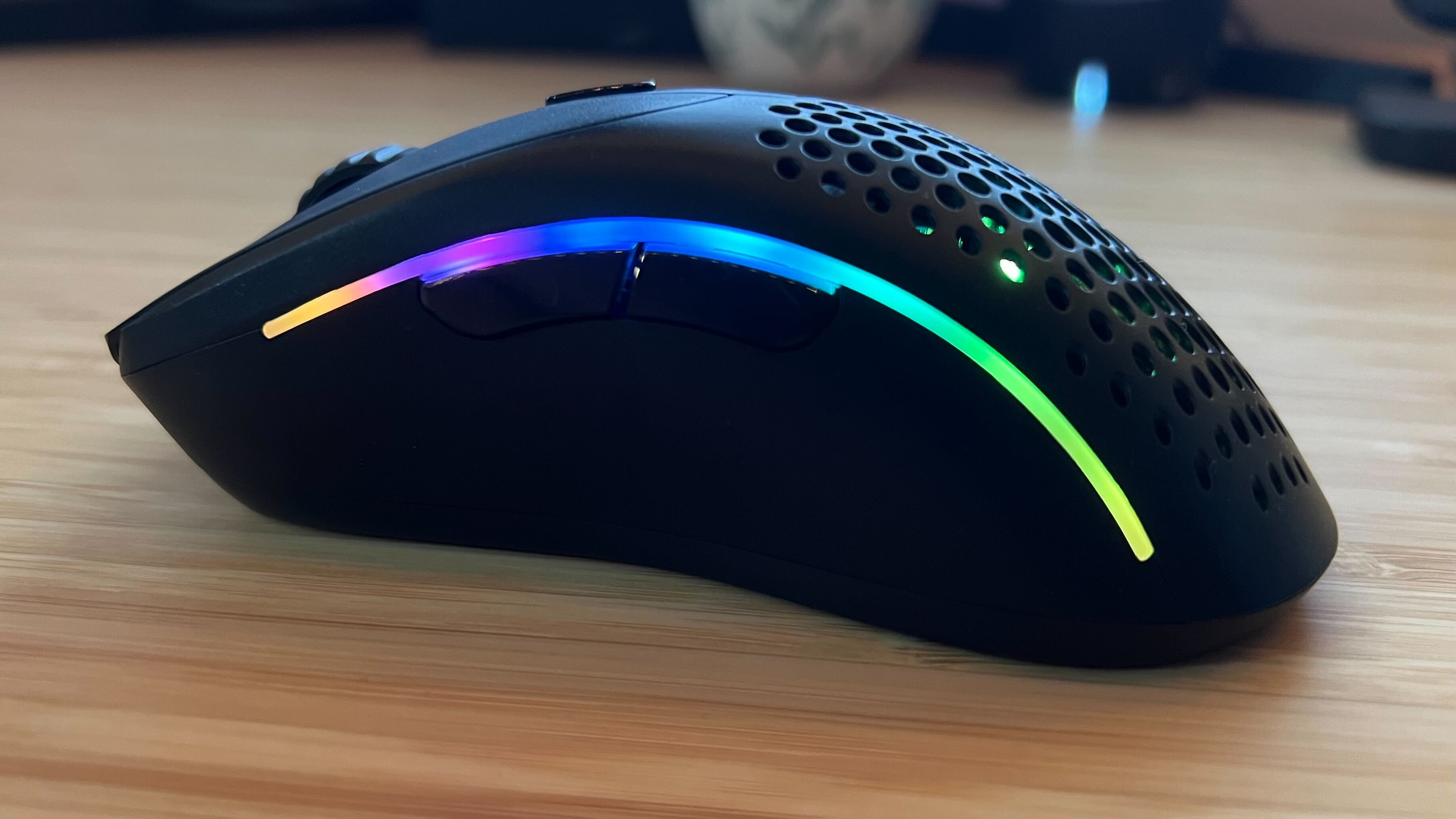
And that weight reduction plays a big role. The Glorious Model D 2 weighs just 66g, a fantastic feat for a larger pointer, especially at this price. Newer releases like the Razer Viper V3 Pro and Logitech G Pro Superlight X 2 offer a similar chunky form factor while dropping the weight down to 54g and 60g respectively, but you’ll be paying $159.99 / £159.99 for that privilege. At $99.99 the Model D 2 only has to compete with the older Razer Viper V2 Pro (generally on sale for around $100 these days), and it’s still far more comfortable than the traditionally skinny alternative.
That low weight and thinner plastic material meant I initially thought the Model D 2 felt cheap in the hand. After allowing a palm grip to melt into the naturally contouring lines and supportive shape, though, it was obvious that a lot of attention had been paid to smaller ergonomic details. The slope of the rear is perfectly tuned to the hand, with a comfortable opposing edge on the main clicks as well. RGB lighting curving across each side sits neatly inline with the side buttons,
Weekly digests, tales from the communities you love, and more
Features
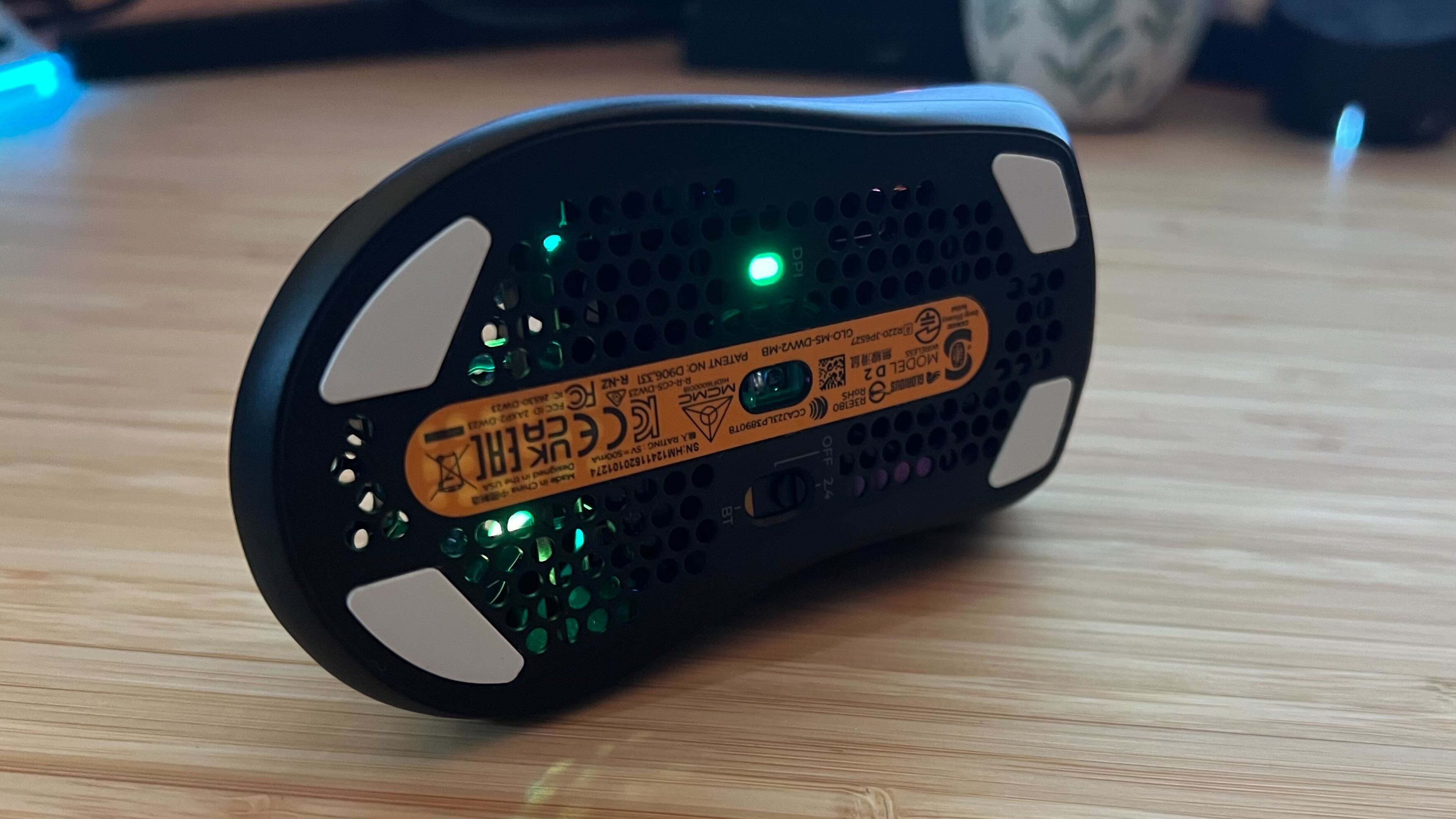
The Glorious Model D 2 is outfitted with a BAMF 2.2eK optical sensor, allowing for a DPI of up to 26K, a 1,000Hz polling rate, adjustable lift-off distance, and a max tracking speed of 650 IPS (inches-per-second). Those are some hefty specs for a sub-$100 gaming mouse, especially considering very few players will actually touch the upper regions of that 26,000 DPI, and - while 4K and 8K polling wireless gaming mice exist - 1,000Hz is more than fast enough for casual play. It’s a fantastic sensor when looking at the SteelSeries Aerox 5’s 18K DPI and 400 IPS, even if it can’t quite keep up with the particularly high-value 30K sensor in the Razer Viper V3 Hyperspeed.
Still, these are mid-range specs squeezed into a mouse angling towards the top of lower-range prices, and that’s always a win. While more competitive players may prefer the boosted polling rate of the Viper V3 Pro or the Glorious Model D 2 Pro, I rarely found myself limited by this configuration in daily play.
The Model D 2 also impresses in its connectivity. Wireless mice in this kind of price range generally tend to rely solely on a 2.4GHz receiver or remain wired. However, Glorious offers 2.4GHz, Bluetooth, and wired connections here - making for a particularly versatile experience. I was able to quickly swap between a docked gaming laptop and a propped-up Asus ROG Ally with the flick of a toggle. While latency is always going to be slightly higher on a Bluetooth connection, everything was about as solid as you’ll get here. The only other mouse I’ve seen offering this feature under $100 was the Logitech G705, and that weighs 85g despite its miniature form factor.
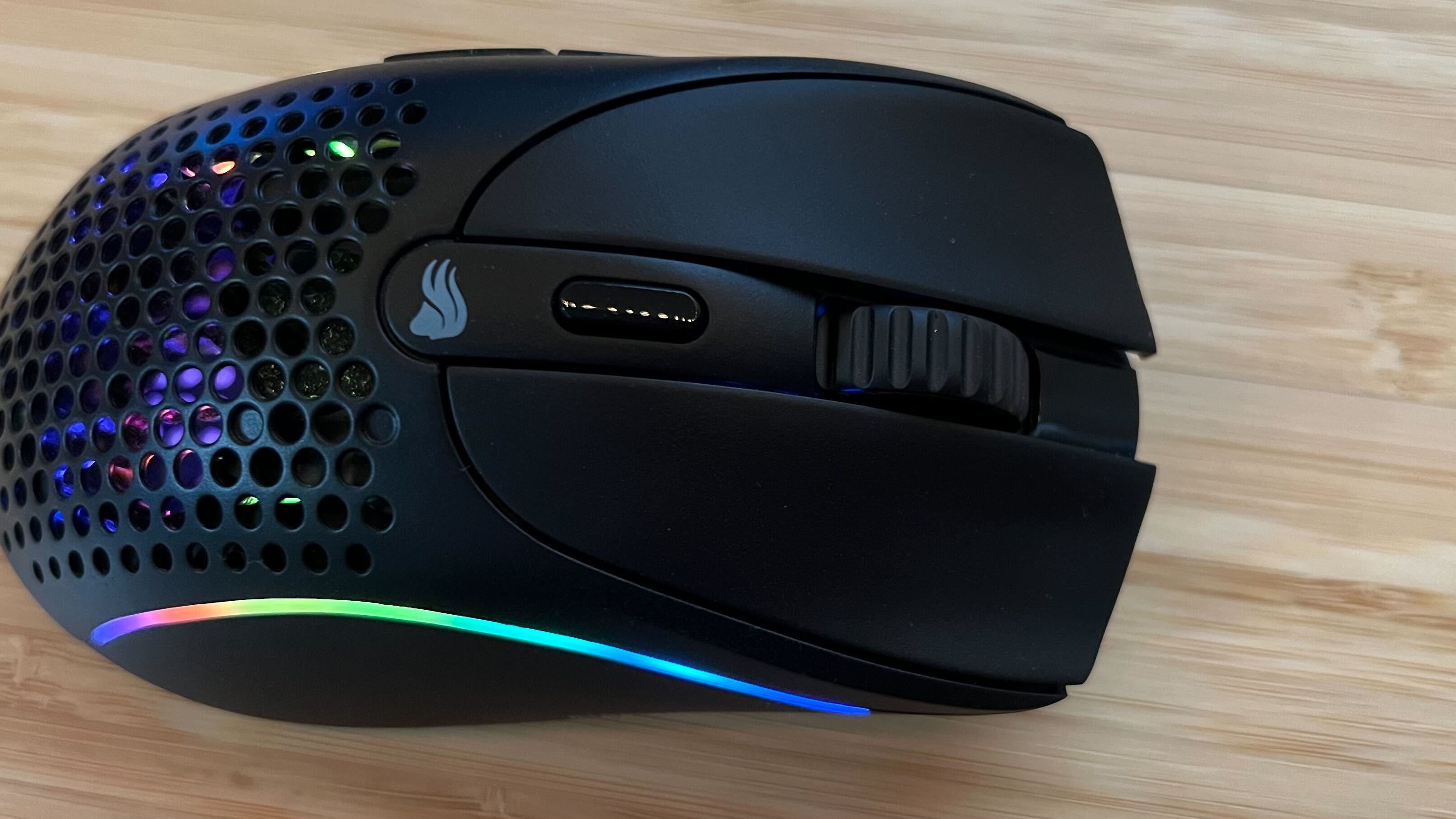
With RGB switched off your battery won’t let you down either. Glorious states that the Model D 2 can run for 110 hours on a 2.4GHz connection and 210 on Bluetooth - figures I largely agree with after running the device for a full week without any lights. After an eight hour work day, with between three and four hours of gaming use every other evening or so (and a little more at the weekend), I was still at 35% battery. Of course, that was dramatically reduced when blazing those LEDs - I managed about a day at full whack.
Buttons and controls are all as expected, with two side buttons, a DPI shifter on the top, a notched scroll wheel, and two main clicks. The scroll wheel is a little heavier than I’m used to, but that extra tension did make for greater precision in-game. It’s not particularly easy to maneuver during longer productivity uses, though.
Performance
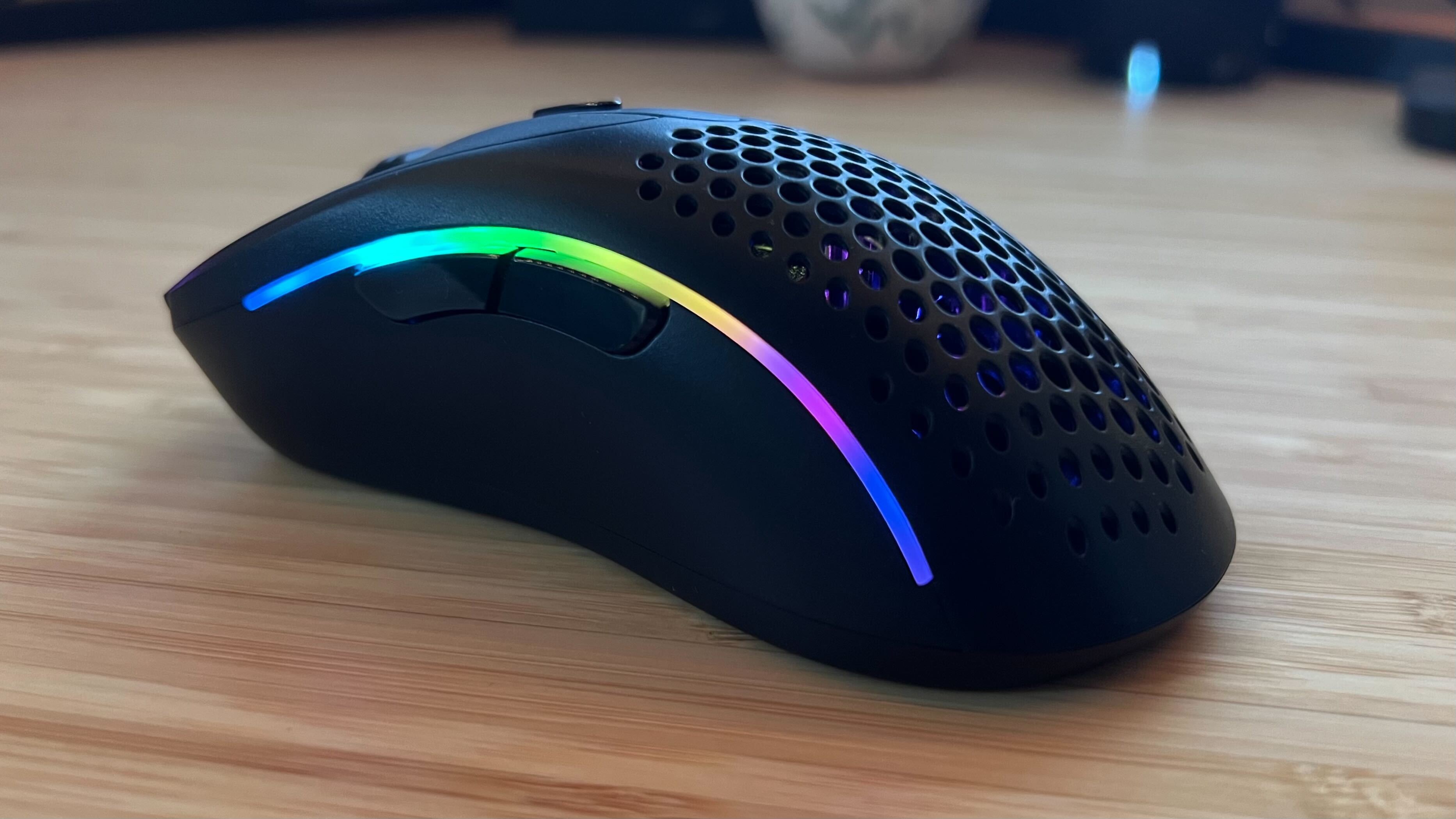
The Glorious Model D 2 is a particularly smooth experience. The light weight form factor and ergonomic shape make for zippy movement across the battlefield and while my natural claw shape was a little difficult on this larger device, a palm grip felt impressively sharp. I’m not used to feeling so in-control with a flatter grip, so this was certainly a learning experience.
Clicks were tight and responsive in Fallout 4 and Gears Tactics, but felt a little heavier than the Razer Cobra Pro in faster pursuits. That might have been another sizing issue - my smaller hands meant I was clicking around halfway down the main button, where there’s a higher tension. Scooting up to the top did yield more flexible clicks, while sacrificing palm control. Repeat clicks felt this tougher switch a little more, which made my scatter-gun approach to CS:GO a little tricky. Performance still remained impressive across faster shooter games all the way down to slower puzzle experiences like A Little To The Left, though.
Should you buy the Glorious Model D 2?
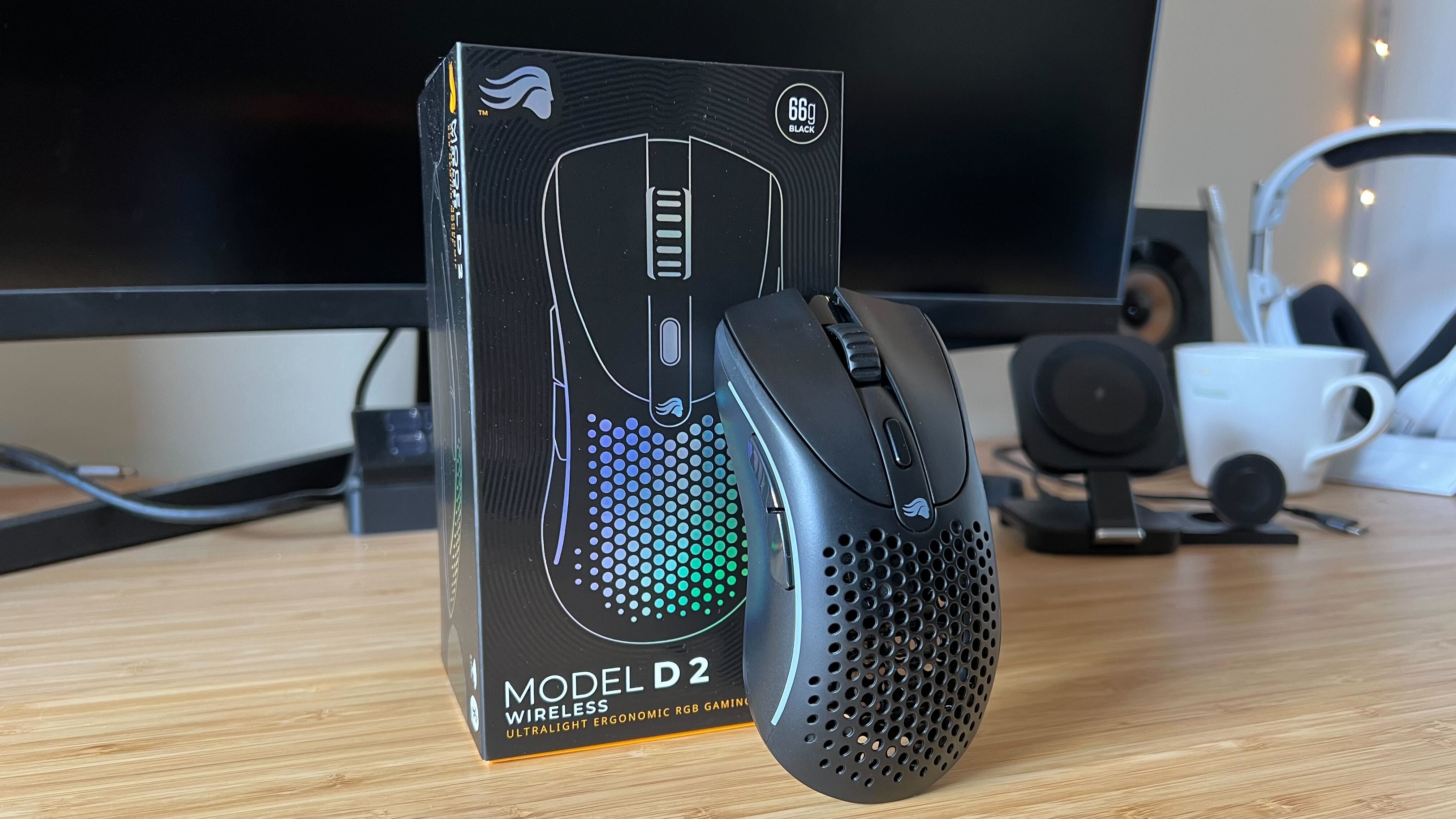
At just under $100, the Glorious Model D 2 is particularly well-priced. It’s rare to find these kinds of sensor features in a lightweight wireless device with this battery life and wealth of connection options. Not only that, but the shape and feel make for a notably more comfortable experience than other options on the market.
Again, though, this is a competitive sector. You don’t have to spend much more to find mid-range gaming mice with improved specs and features. If you can stretch a little further and you’re after something particularly competitive, I’d recommend checking out the Razer Viper V3 Pro or - if you don’t mind a skinny form factor - switching over to the V2 Pro. The latter is generally on sale for the same price as the Glorious Model D 2 these days.
There’s also the Hyperspeed problem. Razer’s budget version of the V3 Pro offers a far better sensor (though drops Bluetooth and wired connectivity and bumps your weight up to 82g) for $30 less than the Model D 2. If you’re going all out on tracking and accuracy, this is where I’d put the cash.
On the flip side of that, the SteelSeries Aerox 5 is the better option if you’re looking for a wireless gaming mouse with Bluetooth but tend to swap out the competitive shooters for more MMO-type games. There are more programmable buttons here, and only a small bump in weight to 74g - traded out for a slightly weaker sensor.
At the end of the day, though, anyone with a strict $100 budget, larger hands, and a healthy mix of genres in their Steam library should be checking out the Glorious Model D 2.
| Specs | Glorious Model D 2 | Razer Viper V3 Hyperspeed | SteelSeries Aerox 5 |
|---|---|---|---|
| Price | $99.99 | $69.99 / £69.99 | $139.99 / £129.99 |
| Connection | 2.4GHz / Bluetooth / Wired | 2.4GHz | 2.4GHz / Bluetooth / Wired |
| Shape | Right-handed | Right-handed | Right-handed |
| Programmable buttons | 6 | 8 | 9 |
| DPI | 26K | 30K | 18K |
| IPS | 650 | 750 | 400 |
| Switches | Glorious 80M Mechanical | Razer Gen 2 Mechanical | SteelSeries Mechanical |
| Weight | 66g | 82g | 74g |
How we tested the Glorious Model D 2
I used the Glorious Model D 2 gaming mouse for four weeks, running the pointer for all my daily work and play. I primarily tested across CS:GO and Fallout 4, but also played A Little To The Left, Gears Tactics, and Arcade Paradise using the device. For more information on how we test gaming mice, check out the full GamesRadar+ Hardware Policy.
We’re also rounding up all the best left-handed gaming mouse options for those on the hunt for something more ambidextrous. Or check out the best Logitech gaming mice and the best Razer mouse models available.

Managing Editor of Hardware at GamesRadar+, I originally landed in hardware at our sister site TechRadar before moving over to GamesRadar. In between, I've written for Tom’s Guide, Wireframe, The Indie Game Website and That Video Game Blog, covering everything from the PS5 launch to the Apple Pencil. Now, i'm focused on Nintendo Switch, gaming laptops (and the keyboards, headsets and mice that come with them), PS5, and trying to find the perfect projector.
